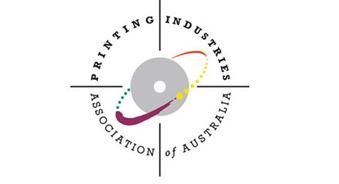
Australia Post has become no friend of printers
Australia Post has been hitting businesses hard with higher charges says Bill Healey, the chief executive of the Printing Industries Association of Australia. In July 2011, the average price for a bulk mail delivery was 48 cents an item. By July 2014, it was 62 cents. That’s an increase in costs by 29 per cent in three years.
All of this is having an impact on printers. Facing increased costs, companies are now ordering fewer brochures, flyers and newsletters. That means less business coming in for printers.
Australia Post also wants to scale back the frequency of its services and to create a tiered pricing structure under which customers would pay a premium for faster services. And that will further reduce the amount of business for printers.
Healey called for the restoration of Australia Post’s obligation to refer price increases for bulk mail services to the Australian Competition and Consumer Commission (ACCC) for approval, this has now been recommended by Parliament.
Healey says there is an increasing recognition that email communication is not so effective anymore as many people are ignoring emails or a lot of emails are ending up in spam folders. More might recognise that electronic mail has its limitations. Digital Post Australia, a competitor to Australia Post, closed down in July. Computershare, one of three backers of Digital Post, blamed a lack of customers for the decision to axe the online mail platform.
Lindsay May, managing director at The Mailing House is also critical of the way Australia Post has handled things. “If you go to the end, which is Australia Post, I cannot understand why they talk the business down. They keep talking about reduced volumes,’’ he says. “It is one of those circular arguments.”
What is needed, Healey says, is for the industry to work with Australia Post to find some way of managing the problem.
CWU Assistant Secretary, Martin O’Nea, is doing just that bringing the stakeholders including the CWU, other unions, the printing industry and Australia Post licensees in on the discussion.
(Source: ProPrint Magazine)










